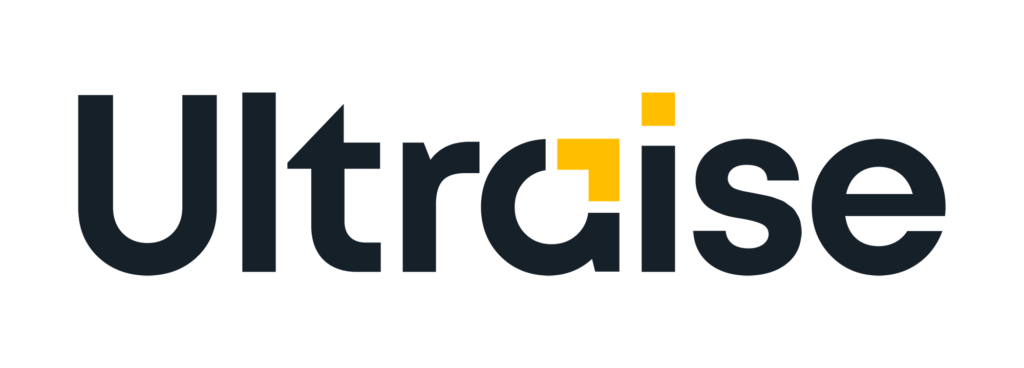We all know how Meta Ads is.
This platform changes every 2 minutes.
However, one of the biggest changes in Mete Ads over the years is how we target our audiences.
Do you remember those amazing sunny days of sifting through endless lists of interests and demographics to pinpoint the exact audience you want to reach?
Well, it’s completely different now.
With automation and machine learning playing a bigger role in the Meta algorithm, the game has completely changed and many advertisers are still confused about the way they should target their audience so they don’t waste their budget on irrelevant people.
But don’t worry, I wrote this post to address this exact issue and provide you with practical solutions, whether you’re a seasoned pro or just starting.
By the end of this post, you will be able to navigate the recent changes in the Meta Ads targeting, avoid common mistakes, and make the most of your ad spend.
This post may also interest you: Using Cost Per Result Goal on Meta Ads – Good or Bad?

AD:
Table of Contents
ToggleHow Targeting Has Evolved: From Detailed to Automatic
Back in the day, it was really nice and easy to define your target audience on Meta Ads.
You could select from thousands of interests, behaviors, and demographics to create the perfect audience.
For example, it was simple to target dog lovers who also enjoy hiking and live in urban areas.
However as the platform grew and gained more data, the targeting process started to get simplified. Suddenly, detailed targeting options started to disappear, leaving advertisers scratching their heads asking why would Meta remove such useful features.
The shocking truth is that Meta has so much data about you, me, and everyone else so they can predict the right audience that fits your marketing message with just a few targeting options – All by leveraging the power of automation.
Let’s say you’re selling an online course. A few years back, you’d target folks interested in “e-learning”, “self-improvement”, “online education”, etc.
But these days, there are fewer targeting options to choose from and the Meta algorithm, with its superhero powers, finds those who fit your target audience persona even if you don’t use specific detailed targeting to find them.
The funny truth is I managed to generate thousands of quality leads for my clients using a wide audience WITHOUT ANY detailed targeting options.
This video explains well how the Meta Ads targeting has become more automatic:
AD:
How Big Should Your Audience Be? The Biggest Dilemma
One question I am sure that every advertiser asked himself at least once is whether the targeted audience is too big or too small, or maybe it’s just right.
So the answer is simple – The audience size should be based on your campaign goals.
If you are about to launch an awareness campaign, you can go broad and let the algorithm do its thing to see who bites.
However, if you have a campaign in which you need a specific group of people to perform actions like submitting a lead form, registering for your event, or ordering the most expensive item on your e-commerce website, then defining a more specific audience is recommended.
Hot Tip: Aim for an audience size of 1-10 million people. This gives Meta enough wiggle room to find the right people while keeping your ad relevant. Using an audience that is too specific can hurt your campaign and burn your budget with fewer results.

Common Targeting Mistakes: What NOT to Do
Even though there were many changes in the Meta Ads targeting options, the mistakes I am about to reveal have happened to advertisers since the beginning of the platform.
1) Over-Targeting: As I said before, using a too-specific audience will only do the opposite rather than generating great results.
2) Neglecting Location Targeting: Many advertisers ignore/forget to define the targeted location which is crucial, especially for local businesses.
Pro tip: There’s an option to use radius targeting instead of just typing the place.
3) Skipping Lookalike Audiences: These are your best friends. Lookalike audiences can be found under “Custom audiences”, and they are people similar to your current customers, leads, website visitors, and more.
It’s actually like cloning your best buyers – only legal!
4) Interest Tunnel Vision: Don’t put all your eggs in the interest basket. Mix it up with behaviors and broader demographics for a well-rounded audience.
Location Targeting: Where You Should (and Shouldn’t) Be
Like location is the mantra for real estate, it’s vital for your Meta Ads too.
You can’t succeed with your ads unless your location targeting is on point:
1) Radius Targeting: This could be a lifesaver for brick-and-mortar shops and local stores.
2) Exclude Where You Don’t Want to Be: Many advertisers spend their budget on irrelevant locations that have nothing to do with their business.
Advantage+ Audience vs. Old-School Facebook Targeting
Ok, this one is the most confusing of all – What’s the difference between the new and the old targeting?
- Advantage+ Audiences: These bad boys are all about automation. When choosing this audience, you let the Meta algorithm take the lead and find the ideal customers for you. There’s still an option to suggest audiences so the algorithm will try them first and then expand to new audiences.
- Original Audiences: This way you have control. You can handpick every detail, making it ideal for pros who want full control of their targeting while giving less space to the AI algorithm.

AD:
Placements: Where Your Ads Should Be Seen
After completing all the necessary details for the audience targeting, you’ll need to select the places your ads will actually show up. Should you go wide, or pick specific spots?
Let’s answer this:
- Automatic Placements (Advantage+ Placements): I bet you already noticed that Meta loves to have maximum control of your campaign, and the same goes for placements. Automatic placements let the algorithm choose where your ads will show up based on their performance, it can be on Facebook, Instagram, Messenger, and other website and app partners.
- Manual Placements: If you want your ads to show up only on specific platforms, it’s recommended to choose the manual placements option.
From my experience, in most cases, the Advantage+ Placements work the best for almost any business.
Creative/Text-Based Targeting: The Secret Sauce
Here’s the kicker: Your targeting options are important, but there are two things that are way more significant for targeting the right audience – your ad’s creative and copy.
Your ads are the visuals and copies your target audience will see again and again, therefore it’s important to ensure it contains the right marketing message that suits those people well.
The Meta AI algorithm is super smart, and can quickly find the right people to show your ads to based on how they interact with your ads.
Pro tip: Mention your audience in the visual or at the beginning of the copy. This can help the algorithm be more focused on the right people.
For example: “Marketers, have you heard of XYZ?”

Conclusion: Mastering Meta Ads Targeting with Style
Congratulations, after reading this tutorial you are now a real pro in Meta Ads targeting.
Remember, while the tools and settings have changed, the goal remains the same: Get your message in front of the right people.
By avoiding the mistakes mentioned in this post, leveraging the AI power of the algorithm, and crafting the best ads, your Meta Ads won’t just stand out, they will convert like crazy.
But all of this targeting tutorial is completely useless if you don’t know who your target audience is.
Read this post to find all the answers on: How to Find Your Target Audience
AD:





